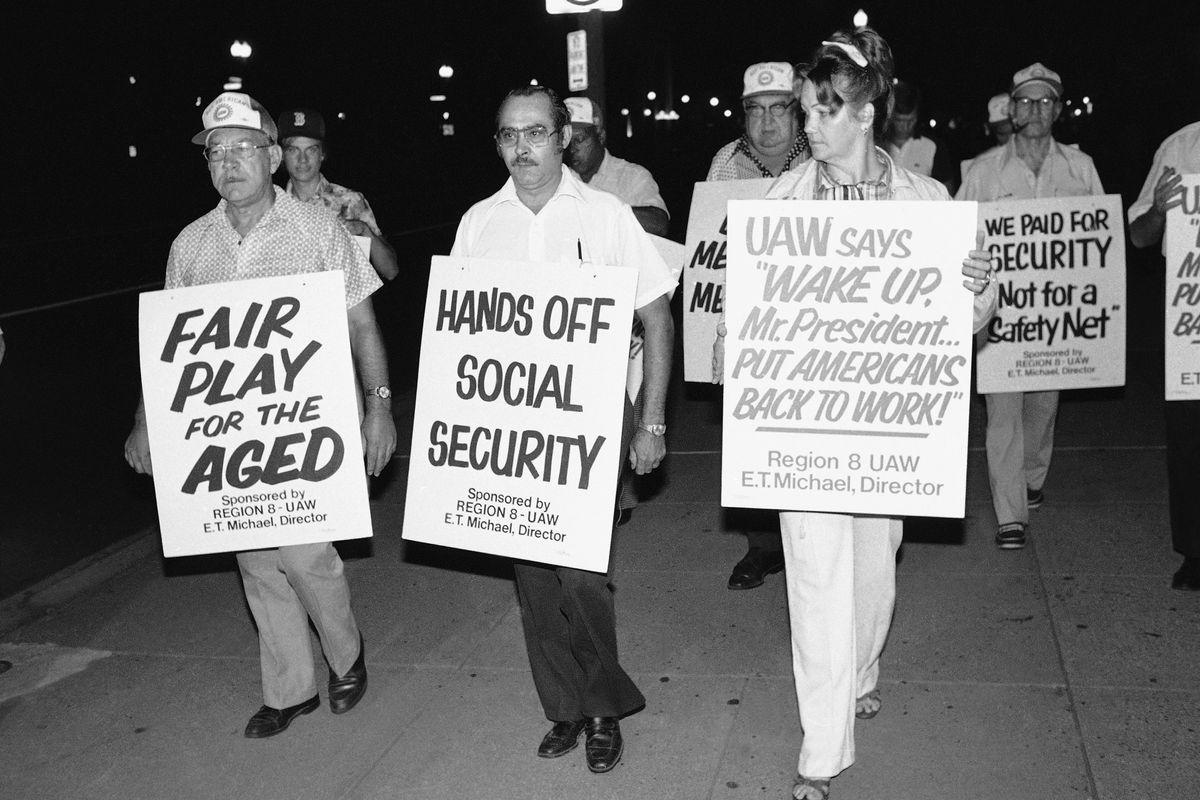Debt, lack of insurance make today’s unemployed more vulnerable
Joblessness hits harder than in ’82

WASHINGTON – It hurts more to be unemployed now than the last time the jobless rate hit 10 percent.
Americans have more than triple the debt they had in 1982, and less than half the savings. They spend 10 weeks longer off the job. And a bigger share of them have no health insurance, leaving them one medical emergency away from financial ruin.
For these reasons, the unemployed are more vulnerable today to foreclosure and bankruptcy than they were a generation ago.
Donald Schenk knows. He’s been without work both times. It’s worse now, he says.
Back in the early 1980s, when Schenk lost his job at a phone company, he was able to find several temporary jobs – including one testing pinball machines – to make ends meet until he landed full-time work nearly two years later.
But now Schenk, 55, of the Chicago suburb of Schaumburg, Ill., has been seeking work for a year and a half after losing his information technology job. Potential employers aren’t interested “if you are not a perfect fit,” he says.
The unemployment rate hit 10.2 percent in October. All told, 15.7 million Americans are out of work. Add in workers forced to settle for part-time work or those who have simply given up looking, and the rate is 17.5 percent.
Only twice since World War II has unemployment topped 10 percent – now and from September 1982 to June 1983. In a few respects, life is better today for the unemployed than it was then.
Unemployment benefits are more generous, adjusted for inflation, and the Internet allows job seekers to network, scan for openings and apply without leaving home.
And thanks in part to higher home values, Americans are worth more now. Measured in 2009 dollars, net worth comes to about $173,000 per person, compared with $94,000 in 1982, according to Lynn Reaser, president of the National Association for Business Economics.
Even if the average American has a larger cushion to fall back on, times are tough.
A much larger share of jobs these days – more than four out of five – are in the service sector, such as tax preparers, hair stylists and retail clerks. Those jobs generally pay less and offer fewer benefits than blue-collar manufacturing work.
Manufacturing, which typically offers more-generous benefits, accounts for less than 9 percent of payrolls today – down from 19 percent in 1982.
Back then, the United Auto Workers persuaded the Big Three auto companies to pay up to 95 percent of the gap between a laid-off worker’s unemployment benefits and what he or she made on the job.
But since the decline of the size and influence of unions, “that would be inconceivable today,” says University of Illinois professor Michael LeRoy, who studies unions.
Unemployment also squeezes families tighter these days because they are less conservative about how they spend and save.
People carry an average of about $46,000 in debt – mortgages, credit cards, auto loans and other consumer debt. That’s a far bigger load than in 1982, when per capita debt totaled about $14,000 in today’s dollars.
And savings, as a percentage of after-tax income, was only 2.7 percent last year, down from 10.9 percent in 1982. Americans stashed an average of just $940 last year, compared with $2,537 in 1982. That helps explain why the foreclosure rate runs about seven times higher today.
Not surprisingly, that means more Americans – about three times as many – are going bankrupt.
Lawrence Mishel, president of the left-leaning Economic Policy Institute, says the ripple effects of the rising unemployment rate will be felt for years. He predicts the poverty rate for children will rise to 27 percent in 2011, from 18 percent in 2007.
“It will scar a generation of kids,” he says.
If you’re unemployed today, the odds are better that you’ll stay unemployed longer than a generation ago.
And government surveys suggest that if you get laid off, it’s more likely to be for good. Today’s unemployed have been out of work about half a year on average. In the early 1980s, they spent about four months without jobs.
One reason is that industries such as construction and finance may never bulk back up to pre-recession levels. Even before the economy went south, demand for their products was inflated by the housing bubble.
Another reason layoffs are more permanent: Manufacturers these days are more aggressive about using technology to boost productivity – or they hire cheaper workers overseas as the economy improves.
Schenk, who is drawing unemployment aid, has managed to stay up-to-date on his mortgage and credit card payments, but at a significant cost to his financial future. “I’m burning through my savings,” he says. “And the next thing I’ll dip into is my retirement account.”